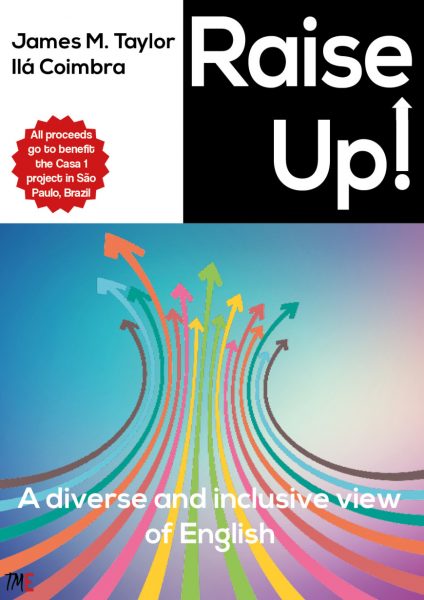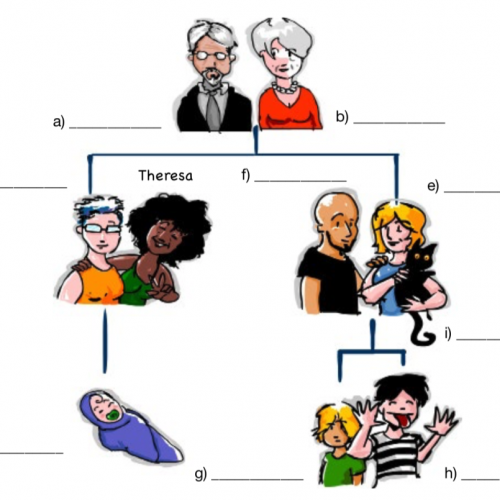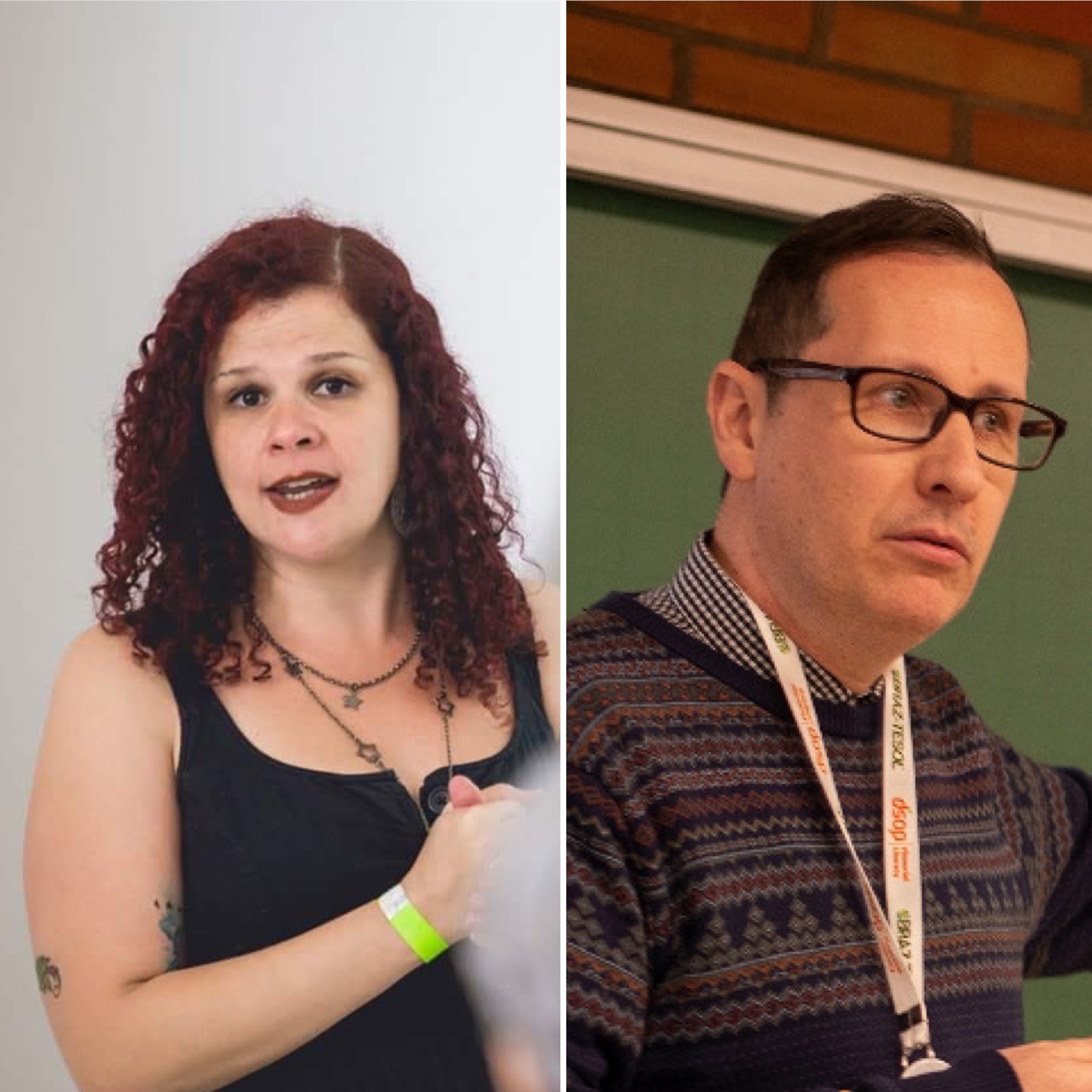A learning environment inclusive of diverse teenage student identities, benefits everyone in the secondary English classroom. Research has shown that a lack of representation and social categorization is linked to bullying amongst teenagers, since students might reject what they do not perceive as ‘normal’ (Thornberg, 2010). In diverse secondary classrooms, all learners should be able to see themselves represented, have their voices heard and feel that their identities are respected. In this blog post, we argue that teenage learners from both marginalised and majority groups can learn to embrace diversity and learn to live with, respect and celebrate each other’s differences.
Inclusive teaching in secondary ELT
Building an inclusive secondary ELT classroom is not based on a set of steps to follow. It is rather a teaching mindset. When teachers provide teenage students with opportunities to share information about their identities and backgrounds, and show genuine interest, they are building a safe environment for all learners. Such personalised sharing in the English classroom is part of ‘diversity embracing’ that extends far beyond ‘a once a year fair’ about different cultures and backgrounds. Personalisation which includes diversity therefore becomes a process, not a one-off event which enables us to incorporate teenage students’ realities in our English teaching on a lesson by lesson basis. Thereby, involving them (and their lives beyond the classroom) much more deeply in the language learning process.
Another key aspect of inclusive teaching relates to secondary English teachers’ expectations and attitudes towards diversity. As educators of teenagers, we need to ensure we have the same high expectations of all our learners. We have to acknowledge and fight our own biases, bearing in mind that we are part of society with stereotypes, and are not free from making assumptions unconsciously about minority groups. As teachers are the model in the secondary classroom, not reproducing behaviors and roles that offend or oppress is part of our wider role as educators. Also, any comment that reinforces stereotypes or reproduces discriminatory speech should be tackled and deconstructed so that there is no ‘space’ for prejudice in our secondary English classrooms.
Finally, inclusion should extend beyond the classroom. As Lekh maintains, ‘An inclusive school or classroom can only be successful when all students feel that they are truly part of the school community. This can only happen through open, honest discussion about differences and understanding and respecting people from all abilities and backgrounds. An inclusive environment is one where everyone feels valued’. Teaching inclusively at the secondary level requires a holistic approach with active learner involvement, constant questioning of ourselves and our materials, and full participation of the whole school community.
Raise Up!: inclusive and diverse ELT materials
Part of teaching inclusively means using lesson materials that represent and respect the diverse society present in any secondary classroom. As secondary language teachers and teacher educators, we have noticed some progress in including more diverse groups in ELT coursebooks, however, this has been rather slow and mostly in local versions of materials.
We analysed several international ELT materials and found that the following groups and identities were not reflected or empowered and/or were rendered invisible:
- Women
- BAME (Black, Asian and Minority Ethnic groups)
- LGBTQIA+
- People with disabilities
- Working class groups
- Indigenous people
- Diverse body types
- Non-hegemonic countries and cultures
- People who are refugees
- People living and working in extreme conditions
- Non-urban environments
- Older people
To better represent the groups above, the Raise Up! Project was established with the publishing of a multi-level coursebook including topics such as work rules, families, leadership and rural life – using methodologies typically found in international ELT coursebooks. The difference being that the groups we identified as underrepresented gain visibility in secondary English lessons. None of the lessons are about minority groups, rather, the units represent the groups as they authentically exist in wider society.

Raise Up! attempts to demonstrate how bringing in marginalised groups to our secondary English lessons does not have to be controversial. The book is also an important ready-made resource for teachers to start (or keep) making their secondary English classrooms inclusive. In addition, proceeds from the book are donated to a shelter in São Paulo, Brazil which helps LGBTQI+ youth who have been made homeless due to a lack of acceptance of their sexual orientations or gender identities.

In the future, more Raise Up! coursebooks will be written by a diverse, global team of contributors including authors, editors, proofreaders, illustrators and photographers. If you are interested in contributing to or reviewing the forthcoming coursebooks, please contact us at [email protected] You can also follow us on social media at @raiseupforELT or visit raiseupforelt.com
References
Lekh, V. What is inclusion and how do we implement it? TeachingEnglish. British Council.https://www.teachingenglish.org.uk/article/what-inclusion-how-do-we-implement-it
Thornberg, R. (2010). School children’s social representations of bullying causes. Psychology in the School, 47. 311 – 327.

